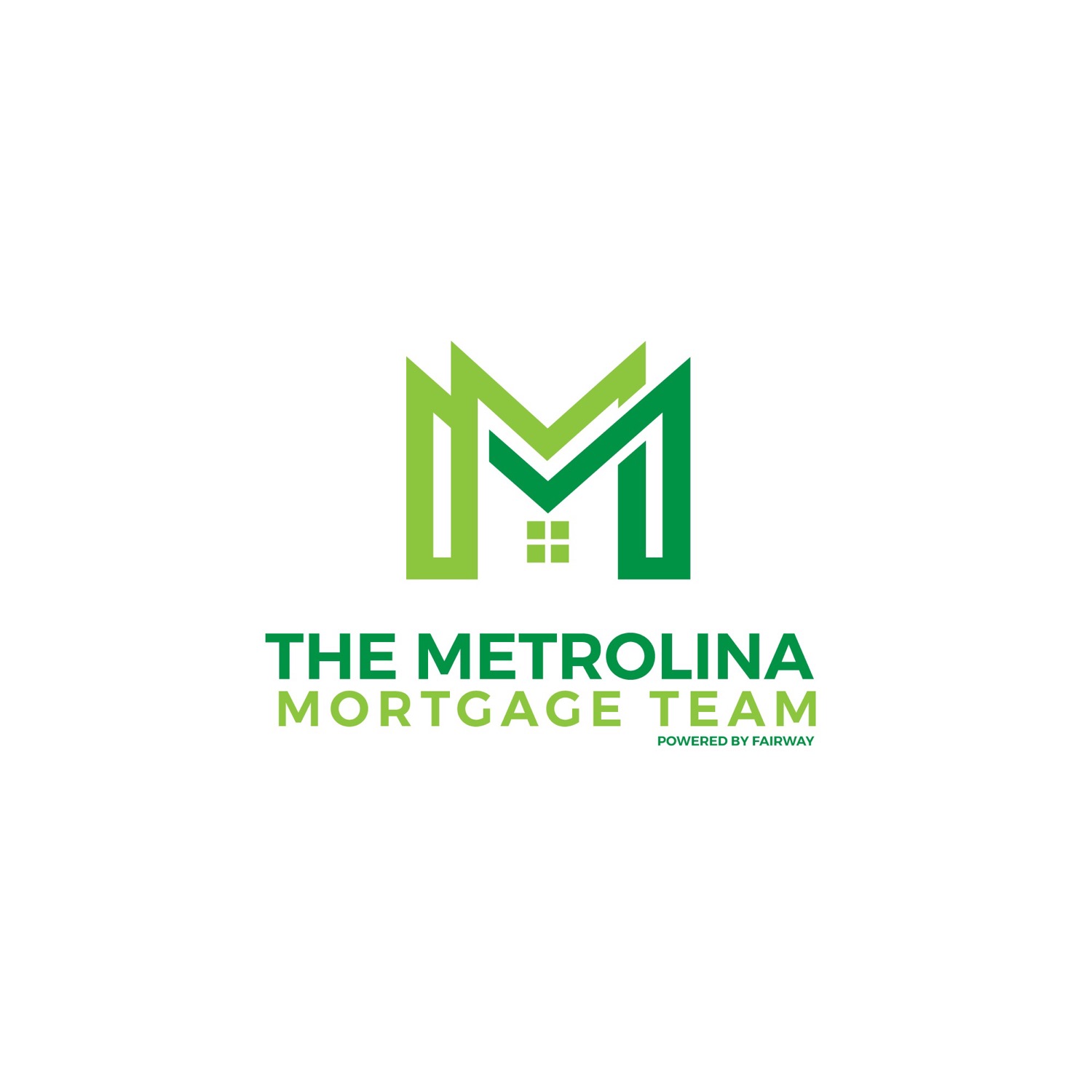Understanding USDA Loan Eligibility Criteria
- Trevor Higgins
- Oct 20
- 5 min read
Updated: 17 hours ago
Buying a home can feel overwhelming, especially when you’re exploring different loan options. One option that often comes up is the USDA loan. It’s designed to help people buy homes in rural and suburban areas with favorable terms. But what exactly makes you eligible for a USDA loan? I’m here to walk you through the key points, so you can feel confident about whether this loan fits your needs.
If you’re close on income or credit, we’ll help you run the numbers and outline next steps.
What Are USDA Loan Eligibility Terms?
USDA loans are backed by the United States Department of Agriculture. They aim to support homeownership in less densely populated areas. To qualify, you need to meet certain eligibility terms that cover location, income, credit, and property type.
Here’s a quick overview of the main USDA loan eligibility terms:
Location: The property must be in an eligible rural or suburban area. The USDA defines these areas based on population and development.
Income Limits: Your household income must fall below a certain threshold, which varies by location and family size.
Credit Requirements: While USDA loans are flexible, lenders typically look for a credit score of at least 640.
Property Type: The home must be your primary residence and meet certain standards for safety and livability.
These terms help ensure the loan supports those who truly need assistance buying a home in qualifying areas.

How to Check If Your Property Location Qualifies
One of the first steps is confirming that the home you want to buy is in an eligible area. The USDA provides an online map tool where you can enter an address or zip code to see if it qualifies.
Eligible areas are usually rural or suburban, but some small towns and communities also qualify. This means you don’t have to live in the middle of nowhere to benefit from a USDA loan. Many suburban neighborhoods around cities meet the criteria.
If you’re working with a lender, they can help you verify the location. It’s important to check this early because if the property isn’t in an eligible area, you won’t qualify for the loan.
What income is too high for an USDA loan?
Income limits are a key part of USDA loan eligibility. The USDA sets maximum income levels based on the area median income (AMI) and household size. If your income is too high, you won’t qualify.
For example, if the AMI in your area is $70,000, the USDA might set the income limit at 115% of that, which would be $80,500. If your household income exceeds this, you won’t be eligible.
It’s important to note that the USDA counts all household income, including wages, bonuses, and other sources like Social Security or retirement income. However, some deductions may apply, such as childcare expenses.
If you’re close to the limit, it’s worth discussing your situation with a lender. Sometimes, income calculations can be adjusted based on specific circumstances.

Credit and Other Financial Requirements
While USDA loans are known for being accessible, they still require a reasonable credit history. Most lenders look for a credit score of 640 or higher. If your score is lower, you might still qualify, but you’ll need to provide additional documentation or explanations.
Besides credit, lenders will review your debt-to-income ratio (DTI). This ratio compares your monthly debts to your monthly income. Generally, USDA loans prefer a DTI below 41%, but some lenders may allow higher ratios with compensating factors.
You’ll also need to show stable employment and income history. Typically, lenders want to see at least two years of consistent income.
If you’re self-employed or have irregular income, be prepared to provide extra paperwork like tax returns and profit/loss statements.
What Types of Properties Qualify for USDA Loans?
USDA loans are intended for primary residences only. This means you can’t use them to buy investment properties or vacation homes.
The property must meet certain standards for safety, sanitation, and livability. For example, the home should have adequate heating, a safe water supply, and no major structural issues.
The USDA requires an appraisal to confirm the property meets these standards and is worth the loan amount.
Single-family homes are the most common type of property financed with USDA loans. However, some condos and townhomes may also qualify if they meet USDA guidelines.

How to Apply and What to Expect
Applying for a USDA loan is similar to other mortgage applications but with a few extra steps. Here’s a simple process to follow:
Find a USDA-approved lender: Not all lenders offer USDA loans, so start with one who specializes in them.
Get pre-approved: This helps you understand how much you can borrow and shows sellers you’re serious.
Verify property eligibility: Confirm the home is in an eligible area.
Submit your application: Provide income, credit, and employment documentation.
USDA review: The USDA or your lender will review your application and order an appraisal.
Loan approval and closing: Once approved, you’ll move to closing, where you sign documents and finalize the loan.
Throughout the process, communication is key. Ask questions and stay in touch with your lender to keep things moving smoothly.
Why Consider a USDA Loan?
USDA loans offer several benefits that make them attractive, especially for first-time homebuyers and those looking to move up:
No down payment required: This is a huge advantage if you don’t have a large savings.
Competitive interest rates: USDA loans often have lower rates than conventional loans.
Lower mortgage insurance costs: Compared to FHA loans, USDA loans have more affordable mortgage insurance.
Flexible credit requirements: They’re more forgiving for borrowers with less-than-perfect credit.
If you meet the eligibility terms, a USDA loan can be a smart way to buy a home with less upfront cost and manageable monthly payments.
Final Thoughts on USDA Loan Eligibility
Understanding the USDA loan eligibility terms can open doors to homeownership that might otherwise seem out of reach. By focusing on location, income, credit, and property standards, you can see if this loan fits your situation.
If you want to explore this option further, I recommend checking out the detailed usda loan criteria and talking to a knowledgeable lender. They can guide you through the process and help you find the best loan for your goals.
Remember, buying a home is a big step, but with the right information and support, it’s absolutely achievable. Take your time, ask questions, and keep your eyes on the prize - your new home.
Trevor Higgins | Fairway Home Mortgage is here to help you navigate these options with clear pre-approvals, consistent communication, and smooth closings. Whether you’re buying your first home, upgrading, or investing, we’ve got your back every step of the way.


Comments